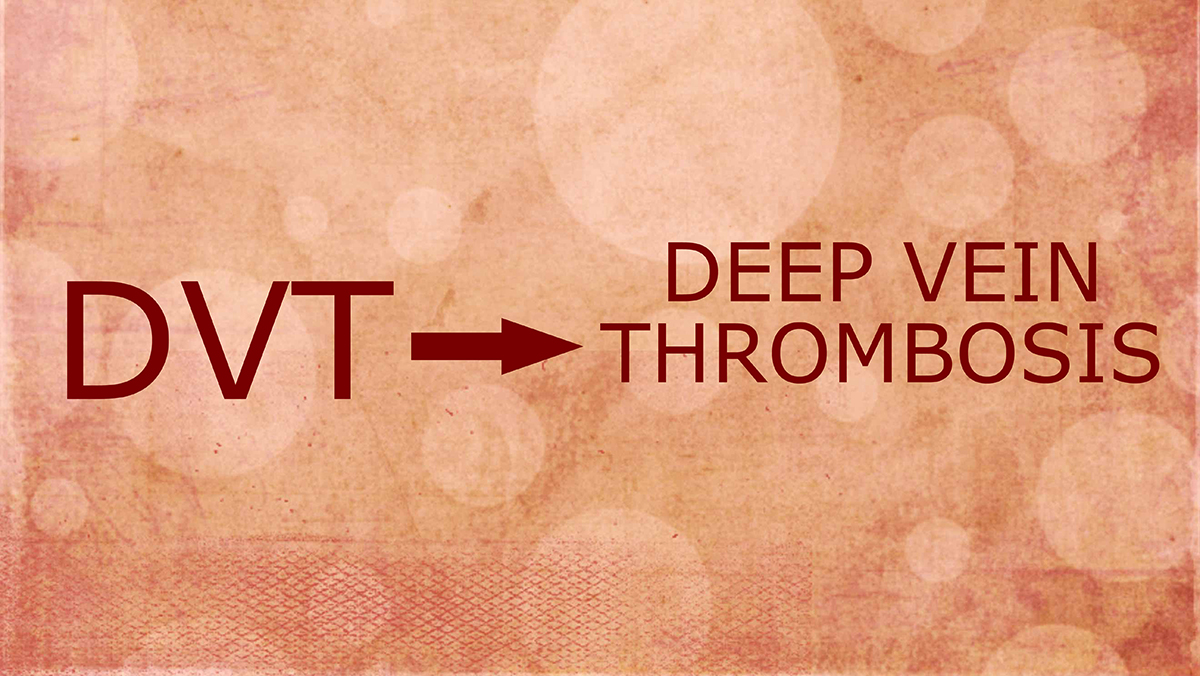Travelers on long trips, pregnant women, and people on the mend from surgery or injury are among those at a higher risk for a silent threat that lurks in veins deep in their bodies. Blood clots called deep vein thrombosis (DVT) might form there, break free, and block lung arteries—a potential killer.
Together, DVT and clots in lung arteries (called pulmonary embolisms) affect up to 900,000 Americans a year and kill as many as 100,000.
Understanding DVT
DVT typically develops in the lower legs or thighs. Damage to a vein’s lining, slow or sluggish blood flow or thick or clot-prone blood can lead to DVT.
“These dangerous clots can break off and move through the bloodstream,” explains Scott Prushik, MD, a Steward Health Care and Steward Medical Group vascular surgeon. “They don’t cause heart attacks or strokes, but they can block arteries in the lungs and cause a pulmonary embolism—a medical emergency that can damage the lungs, harm other vital organs, and cause death.”
Are You At Risk?
Many Americans are unaware of their DVT risk, and they occur more often in people with one of these risk factors:
- Age 60 or older
- Previous history of DVT
- Family history of DVT
- Long periods of inactivity that slow blood flow (such as a long car or plane ride)
- Smoking
- Major surgery, particularly orthopedic or cancer surgery
- Broken bones, trauma, or other conditions that hurt deep veins
- Use of oral contraceptives
- Hormone replacement therapy after menopause
- Blood clotting disorder
- Being overweight or obese
- Varicose veins
- Pregnancy (the risk remains heightened for six weeks after delivery)
- African-American heritage
People with more than one risk factor are even more prone to problems. Talk to your doctor if you have any risk factors. Your doctor can suggest lifestyle changes and treatments to help prevent DVT.
Signs and Symptoms of DVT
DVT can occur suddenly, causing no symptoms until it’s too late. Only about half the people with DVT have noticeable symptoms. Those who do may experience swelling, pain, and tenderness in the affected leg. Also, the skin in the area may feel warm, look red or discolored, or both. See your doctor right away if you have any of these symptoms. Your doctor may ask about your medical history, perform a physical exam, and order tests to determine the proper course of treatment.
Signs and Symptoms of Pulmonary Embolisms
People with pulmonary embolisms may have no symptoms, they may have symptoms of DVT, or they may develop pulmonary embolism–related problems. These include difficulty breathing, chest pain or discomfort (especially when breathing deeply), coughing up blood, light-headedness, or low blood pressure. Get immediate medical attention if you have these symptoms because this is a medical emergency that requires proper diagnosis and treatment the same day.
Take Charge of Your Health
There’s a lot you can do to prevent DVT and pulmonary embolism. Anyone who is inactive for extended periods is at risk. That means you should take precautions—even if you’re in good health—whenever you sit for a long time at work, travel for more than four hours, or stay immobile for other reasons.
These simple tips can help prevent clots:
- Stand up and move around every two to three hours
- Stretch and exercise your legs while sitting
- Wear clothes that fit loosely
- Drink lots of fluids and avoid alcohol during long trips
Regular exercise, maintaining a healthy weight, and not smoking can help you stay healthy—and prevent DVT.
*Source: Centers for Disease Control and Prevention, cdc.gov
To find a doctor or schedule an appointment, visit Steward DoctorFinder™.




